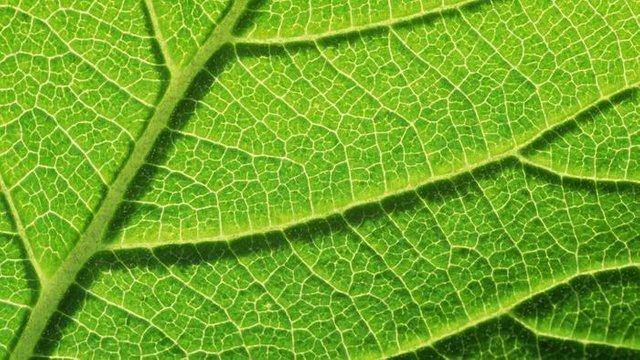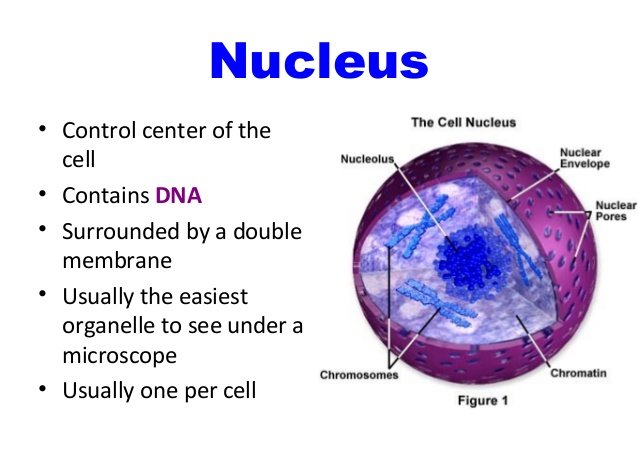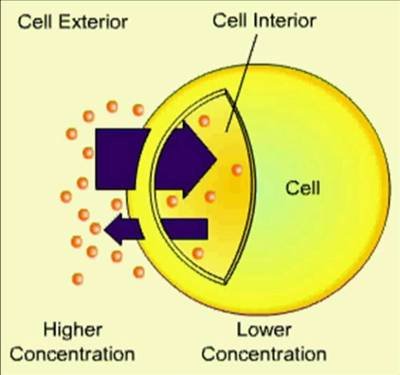science project
Cells
There are two types of cells, unicellular and multi-cellular, unicellular refers to an organism only having one cell, multi-cellular organisms have millions of cells. An example of a unicellular organism would be plants. An example of a multi-cellular organism would be an animal.
Cell structure:
There are two differences between plant cells and animal plant cells to set them apart:
Plant cells have a protective wall which animal cells do not have, they also contain chloroplasts Which assist with photosynthesis, animal cells do not contain chloroplasts.

Cells consist of three compounds, the membrane, nucleus and cytoplasm along with other smaller structures. The membrane surrounds the cytoplasm protecting the cell from its surroundings. Cytoplasm is a jelly-like substance that fills the cell and is mainly made of salt and water. The nucleus contains most of a cell's genetic material, these materials are arranged as DNA along with many other proteins, to form chromosomes.

Cell diffusion:
Diffusion is the process in which molecules move in and out of a cell molecules move from high concentrated areas to low concentrated areas, that means if the area inside a cell is highly concentrated then molecules will leave the cell. Another term for cell diffusion is osmosis.

BIBLIOGRAPHY
wikipedia
GED science L1 textbook
Not a bad job! I'd loved to have seen in go a little more in depth, maybe giving an example of osmosis used by plants or animals.
I do think plants are multicellular like animals though. Single cell organisms include things like bacteria. (Sry, I'm a science geek. Lol)
Hi Theo....not a bad post. It is quite important to do a little bit more research and use different pages to search for info. I agree with @sykochica! A little bit more detail would mean the world of a difference to the same post. Just glad you decided to post here on Steemit.